General
Meet Mak Professor with 10 Acres of Livestock Fodder for the December–February Dry Season
Published
7 years agoon
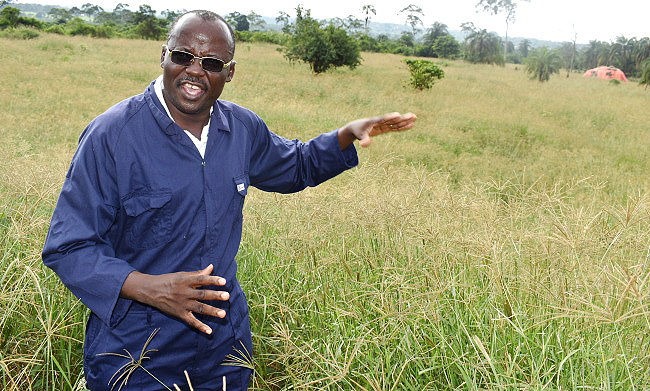
Can Agriculture Professionals roll up their sleeves and blunt the biting effect of drought, occasioned by climate change, on livestock production through research, innovations and entrepreneurship?
The situation
Seasonality of forage is one of the major challenges in meeting nutritional requirements of dairy, beef and dual-purpose cattle, goats, sheep, horses and donkeys in Eastern Africa. Feed scarcity for the livestock is occasioned by frequent and erratic droughts some of which are prolonged. To address this challenge, fodder production and conservation technologies such as hay, silage and haylage production technologies have been introduced and promoted as a potential strategy to addressing feed scarcity among farmers. These technologies are aimed at increasing livestock feed availability during the dry periods in addition to diversifying income through sale of hay bales and grass seed among communities. However, while previous studies have shown an increasing trend of acceptance and adoption of forage and its conservation as hay among farmers in Kenya, Tanzania, Ethiopia, Somalia and Djibouti, farmers in Uganda have not fully embraced the fodder conservation technologies. Failure by farmers to adopt scientific innovations to solve the real challenges of feed scarcity that face livestock farmers during prolonged drought makes us wonder why?
Why the Need for agricultural professors to roll up their sleeves?
Despite the known benefits of fodder conservation, which has been taught at Makerere University and other institutions of higher learning for over 50 years, there is scarcity of information on fodder value chain that is crucial in informing development and up scaling the technology of hay production as a business among the communities.
Prof. Kabi, an animal scientist from the College of Agricultural and Environmental Sciences (CAES), Makerere University has innovated an alternative way of taking the university lecture room to the communities. Prof. Fred Kabi has rolled up his sleeves and has dedicated his livestock science knowledge, skills and over 10 acres of land situated in Kapeka to production of Chloris gayana hay intercropped with Centrosema pubscens legume. This could also be a driver for aspiring farmers to open up and learn a new approach to growing pastures and its conservation as hay for livestock feed as a way of diversifying enterprises at the farm. He is optimistic that within four years , he should open up about 40 acres populated with Chloris gayana and Cencherus ciliaris grasses together with Desmodium and Stylosanthes guianensis legumes all of which are drought tolerant pastures. In his words, this action is intended to blunt the biting effect of drought among dairy and beef farmers most of whom lose revenue during prolonged droughts when the milk prices are very high yet milk production drops due to insufficient fodder availability.

Ecological green gold for job creation and sustainable employment
High demand for milk and meat consumption in urban and peri-urban areas irrespective of seasons will be the major market driver for feeding hay to livestock as an alternative to the green chop of elephant grass during the dry seasons in Uganda. While elephant grass can be a promising source of fodder due to its prolific growth during the rainy season, its growth is seriously curtailed during the dry season leading to fodder deficiency. Moreover, it is during the dry season when the prices of milk go very high. Since the crude protein content of Chloris Gayana grass is comparable to that of elephant grass (about 9 to 12 %), Prof. Kabi thinks production of Chloris Gayana grass and the drought-tolerant legume pastures conserved as hay and their seeds needs to be exploited as an enterprise to meet the growing needs of farmers. Uptake of hay and seed production by entrepreneurs with the necessary factors of production, knowledge and skills is one way of turning the challenge of erratic and prolonged droughts into an opportunity for job creation and employment especially for the youth and women.
Together with his graduate students, Prof. Kabi thinks innovation along the dairy and meat value chains can lead to cottage industries where pasture hay can be pulverized into small pieces and mixed with other ingredients such as maize, cotton seed cake and minerals as a total mixed ration. When bagged rather than baling, Prof. Kabi considers this as a practical application of innovative feed solution for not only peri-urban farmers but as a potential export to the region. This is where the University don is advocating for a deliberate effort and government policy to make sure that just like Tourism is advertised, a deliberate effort to create jobs for the youth can be made by advertising Uganda as a possible source of bagged hay as green gold. Production of hay for local, regional markets is one of those efforts that can meaningfully engage the youth in the dairy and beef value chains. For effective exploitation of pasture hay as green gold, there is need for deliberate effort to organize not only production but the market. It is the belief of the professor of animal nutrition that the future of the youth involvement in the dairy or beef value chain only belongs to the organized. But organization of the youth in any production enterprise along any given value chain will only be successful if such production is driven by the market incentives Kabi says.
Turning the challenge into an opportunity
The CAES Communication office followed up Professor Kabi to Kapeka to establish the motivation behind his involvement in pasture grass establishment for livestock among the communities. The Don says that after careful analysis of the beef and dairy value chains from the perspective of an animal nutritionist, he has established that there were so many people who want to do dairy or beef farming business but lack pasture feed resource for their animals. Moreover, the scarcity of pastures is more prominent among peri-urban farmers with a good market of their milk and beef but with limited land to produce fodder for livestock. So, he took on that challenge as an opportunity.
“Secondly, during prolonged dry seasons which are due to the challenge of climate variability, livestock farmers cannot sustain the same number of animals at the farm kept in the wet season due to limited access to feeds. Since the consumers’ demand for milk and meat has gone up yet the farmers who produce milk and meat for one reason or the other cannot adopt technology for producing feeds for the milking animals during the dry season, someone has to close the gap but at a cost.

Scientists who preach the science of fodder conservation and nutrition in lecture room can now innovate and participate in value addition to pastures to bridge the gap of limited milk and meat supply during the dry season. Producing hay in Kapeka is like constructing a lecture room among the communities. This was one of my incentives to go into pasture production for hay. This will not only demystify the science of fodder production and conservation but will also create jobs among the youth, help in diversification of income and help build market for the hay and seed”, Prof. Kabi explained.
The don cites the experience of farmers in Uganda who planted maize and had to sell it at a price of UGX200 a kilogram. But a kilogram of hay goes for UGX500-700 or a bale of 10 to 15 kg from UGX5,000-7,000 while a kilogram of Chloris Gayana seeds fetches up to UGX3,000-4,000 while that of green leaf desmodium can fetch up to UGX150,000. This puts a farmer’s land and knowledge to good use and contributes to the dairy and beef value chain.
Clad in his blue overalls, the Professor cuts the mature Chloris Gayana, pauses and says, “Here, we are with the question – Can agricultural sciences, innovations and entrepreneurship blended with policies be able to solve the challenge of youth unemployment?”
The answer according to the Professor can be yes or no.
Prof. Kabi observed that farming in Uganda has been mainly on a small-scale subsistence without organized markets and this can never appeal to the youth as a cool engagement. In the affirmative, however, once there is organized market, this will be the driver for accepting scientific innovations and a way of igniting entrepreneurial skills among the youth for as long as they can be able to earn from their engagement in agriculture.
However, Kabi explains that understanding the whole dairy or beef value chains at the local, regional or at international level is crucial for positioning agriculture as a source of employment to the youth. For instance, about 50 years ago, Africa commanded about 6% of the global trade volume. This has been declining over the years and right now, Africa transacts about 2.4% of the global trade volume. To be specific, the current trend now indicates that the volume of trade of Africa excluding South Africa, Egypt and Morocco i.e. Sub Saharan Africa is 1.7% of the entire global trade. According to the Professor, this creates a worrying challenge of unemployment because there is an imbalance of trade.

“So how can agricultural sciences, innovations and entrepreneurship be able to take us back into commercial trade and export that was enjoyed by Africa in the 1950s? This is where export drive livestock production is so crucial to the nation Uganda. Uganda needs to understand the dairy, and meat value chains so that we can be able to position ourselves to penetrate the international market. This can be through non-conventional agricultural produce such as hay and pasture seed production”, explained the Professor as he pointed at the garden.
Borrowing from the Ethiopian experience, Professor Kabi said, at the last quarter of the year 2018 there was a deliberate effort in Addis Ababa for the country to access regional markets in terms of hay. Demand for hay market could go as far as the Middle East as a result of climate change, a development that entrepreneurs were taking advantage of.
In the middle East, Kabi cited that the market is interested in live meat goats of a given conformation. Finishing such goats on processed hay seems like a plausible way of meeting standards for such external markets. Relatedly, in an international meeting organized by the International Livestock Research Institute (ILRI) under the auspices Food and Agricultural Organization (FAO) of the United Nations, the representatives of Intergovernmental Authority for Development (IGAD) opined that some countries can indirectly participate in the dairy and meat value chain by producing fodder that is required for the industry.
Prof. Kabi asserts that Uganda too, can have a cottage industry to process hay and make it ready for farmers who keep dairy and beef animals, spearheaded by professors who are the proponents of feed conservation but driven by the youth. The whole of Kampala for example has small holder farmers practicing zero grazing. The 10 acres of land under Chloris Gayana pasture production for hay is equivalent to 4 hectares. Each hectare can yield 25 to 35 tons of hay dry matter per year, which is estimated to annually feed 5-6 mature cows.
Kabi says, if we have several of such hay farmers organized into a cooperative, we can feed the dairy industry at a local level but with excess available for export to countries like Kenya which are yearning for feeding materials. But is there a deliberate effort by Uganda to organize both production and market of non-conventional produce so that people do not only look at growing priority crops such as maize but diversify to fodder as an alternative source of foreign exchange?” He asked.

Prof. Kabi notes that Uganda can be able to export hay to Kenya and middle east but this requires a deliberate effort to get both production and market organized. This he said is what happened when colonialists were able to organize markets for coffee, minerals and cotton.
“This explains why paradoxically the African share of the global trade almost a sixth of what it was 50 year back. The decline in the volume share of trade from Africa as a proportion of the global trade is certainly a reflection of the real poverty on the continent and together with unemployment for the youth”, He said.
The professor thinks that the only way to solve the challenge of imbalance of trade is to think beyond conventional trade especially of agricultural produce and to diversify it with alternative ecological exportable produce including processed hay for income and employment creation for the youth. Value addition through cottage industries where science, innovation and entrepreneurship is blended with deliberate policy of production driven by export trade is needed. Uganda can surely be marketed and known to be a hay basket for the whole region.
Prof. Kabi further notes that if a deliberate effort is not taken to create the markets for unconventional products, then the country can never have its agriculture produce access regional and international markets. However, he emphasized the need to export produce in a sustainable way, where sustainability means making use of low input natural resources like the Chloris Gayana intercropped with Centrosema as a legume that is naturally occuring but with value addition to be competitive in the market. This can be the basis for inspiring the youth to get involved in agriculture.
Nutritional value of Chloris Gayana
The high yield of Chloris Gayana of 25 to 35 tons per ha per year coupled with its high crude protein content of between 9-12% is comparable to that of 10 to 50 tons of elephant grass with crude protein content of 10 to 13 %. The most important point is that Chloris Gayana can withstand dry conditions making it the right crop in the face of climate change. It simply rejuvenates after cutting unlike elephant grass which is only prolific in growth during the rainy season. Besides, Chloris Gayana can be intercropped with legumes such as centrosema , desmodium (both green and silver leaf), siratro (Bishops purple), stylosanthes and glycine.

Farm management practices
The seedbed for Chloris has to be a fine tilled just as is the case for millet, because the seeds of the pasture are quite small. After seedbed preparation, you have to ensure that you plant at the onset of the rains in the same planting season of maize. Furrows are dug either manually or mechanically. Chloris Gayana is planted in rows like maize at spacing of 2ft from one row to another to allow ease of weeding because while young it can easily succumb to weeds. The seeds are mixed with sand, black soil or preferably composted cattle manure and broadcast within the dug furrows. A thin layer of soil is used to cover the seeds so that they do not fail to emerge and to protect them from being systematically eaten up by birds. After some 7 to 14 days, the seed will germinate. However, if it is dry, it may fail to germinate. If the germination percentage of the seed is 50% and above, the seed bed should be entirely covered by three months. If the germination percentage is below 50%, allow the seeds to shutter in the garden. With proper weeding and rains, the next ratoon will be ready for seed harvesting after 30 to 50 days. After harvesting you weed and manure the grass to that it can maintain the growth vigor.
Unlike the Chloris gayana seed which has to be harvested as soon as it is ready to avoid shuttering and its destruction especially by the birds, hay should preferably be harvested at dough stage when half way the garden is flowered. However, the harvesting should coincide with the onset of the dry season to avoid moulding. The cut grass should be raked to enable thorough drying to only 15 % moisture content like maize grain. The dried hay should then be baled using either tractor driven hay balers or hand-operated hay baler boxes. Baled hay should then be kept in a cool and dry shelter that is water proof preferably raised on pallets or in a crib like maize. Failure to adhere to these conditions will lead to moulding.
Challenges of farming Chloris Gayana
Growing the fodder on ten acres requires machinery including a tractor and accessories such as a reciprocating mower, a rake, a tractor-operated baler and a drying shed for green curing so that customers end up with green rather than golden hay color before its storage. This is crucial in conserving the beta carotene or the precursor for vitamin A necessary for the yellowish creamy color of milk.
The other major challenge challenge is labor. Youth do not think hay is a lucrative business to be engaged in. However, professor Kabi thinks if organized and turned into an enterprise, the youth will realize hay production is green gold that is worth getting engaged in especially if the market is streamlined. This is the reason why the professors should roll up their sleeves, get their hands dirty as role models for the youth and attempt to turn the challenge of prolonged drought occasioned to livestock by climate change into an opportunity.
Report compiled by;
Jane Anyango,
Principal Communication Officer, CAES
You may like
General
Strengthening South-South Academic Partnerships: Makerere University and Binary University Chart a Strategic Path for Innovation, Entrepreneurship and Women’s Leadership
Published
2 days agoon
November 21, 2025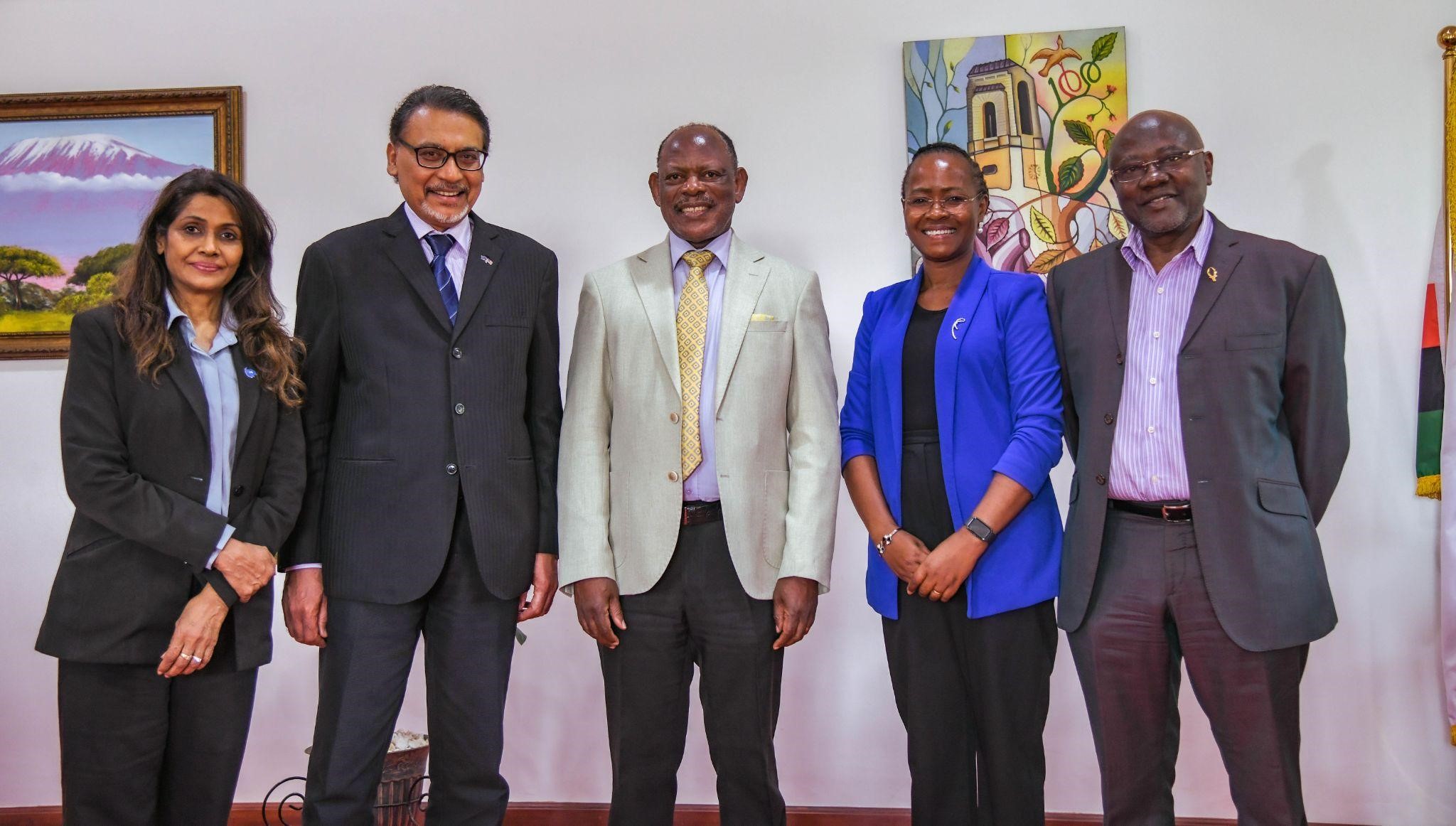
A New Chapter in Uganda–Malaysia Higher Education Collaboration
Makerere University has started preliminary discussions with Binary University of Management and Entrepreneurship (Malaysia) to deepen its global partnerships through high-level engagements, aimed at fostering innovation-driven education, entrepreneurship, and women’s leadership. Chaired by the Deputy Vice Chancellor for Academic Affairs, Prof. Sarah Ssali, the meeting explored a structured framework for collaboration that responds to Uganda’s urgent need for skills development, job creation, and industry-aligned learning.
This emerging partnership reflects a shared vision: to move beyond traditional academic models towards a practical, industry-integrated, and entrepreneurship-focused education system that equips graduates with real-world skills and global competitiveness.
Responding to Uganda’s Employment Challenge Through Entrepreneurship
“While chairing the meeting, Prof. Sarah Ssali noted that Makerere University and other Universities, together, currently graduate over 35,000 students annually, yet the private sector creates only about 700 new jobs per year. With an expanding population and intense job competition, where a single vacancy can attract over 4,000 applicants, the urgency for alternative employment pathways is clear.
Makerere’s Innovation Hub and Centre for Entrepreneurship have become critical pillars in addressing this challenge. Through platforms such as the Innovation Expo, now in its third edition and featuring over 600 student exhibitions, the university continues to nurture problem-solvers, innovators, and job creators. This ecosystem aligns strongly with Binary University’s entrepreneurial philosophy, making the Centre for Entrepreneurship a natural anchor point for collaboration.
Binary University’s Industry Specialist Professional (ISP) Model
Binary University brings a unique global model that directly integrates industry practitioners into the classroom. Its Industry Specialist Professional (ISP) programme, operational since 1999, ensures students graduate with skills tailored to specific industry needs. Industry experts with decades of practical experience teach across disciplines such as: Artificial Intelligence and Data Analytics, Oil and Gas, Renewable Energy, Engineering, Film and Media Production to mention but a few.
“ With over 10,500 practising entrepreneurs in its ecosystem in Malaysia, Binary offers students direct mentorship and exposure to active business environments, ensuring graduates are not only employable but also entrepreneurial.” Tan Sri Dato Professor Joseph Adaikalam, the Executive Chairman and Founder, Binary University of Management and Entrepreneurship, noted.
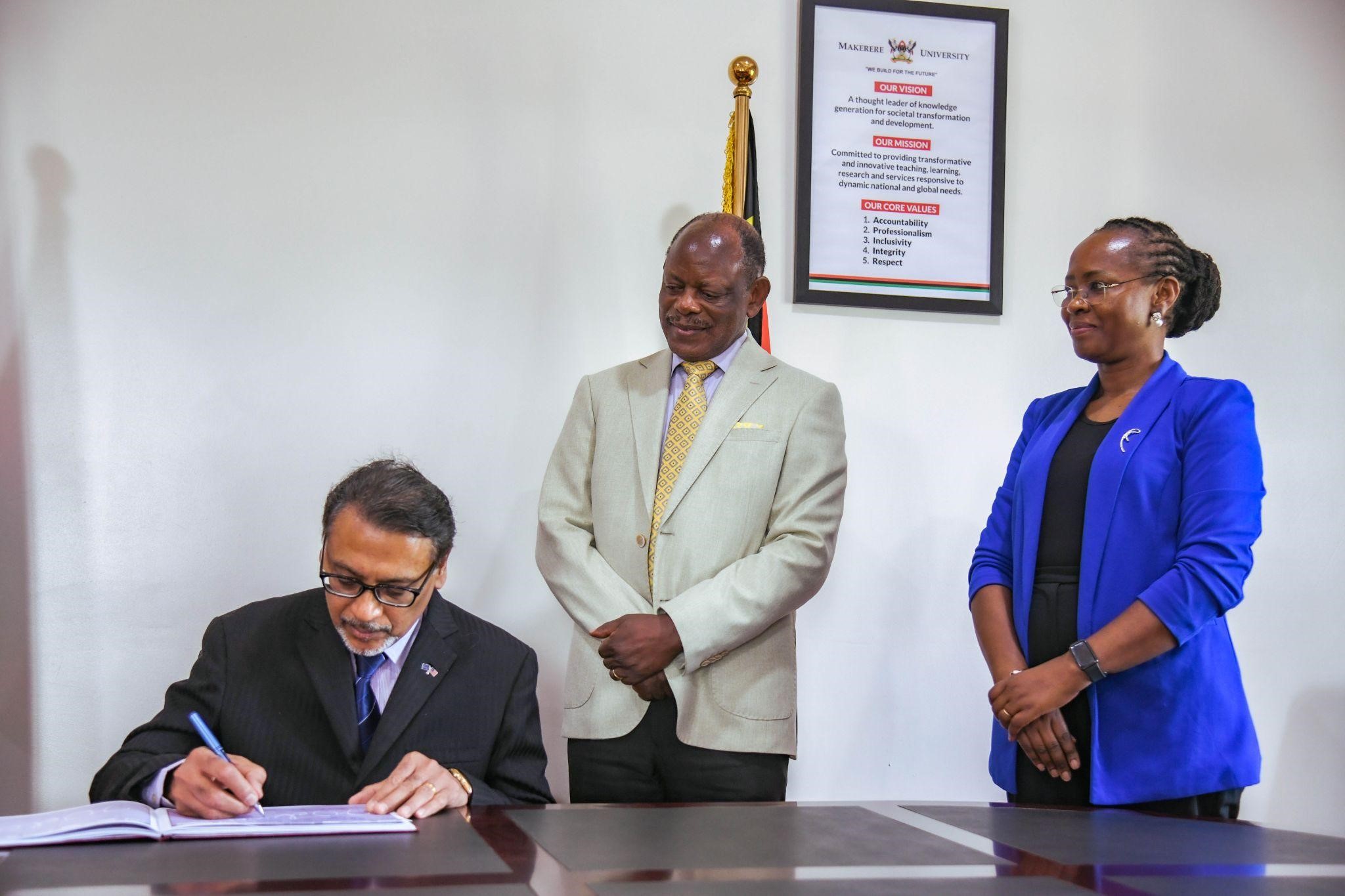
Key Areas of Proposed Collaboration
The discussions outlined a structured and scalable partnership model anchored on the following areas:
1. Dual and Joint Degree Programmes
- 2+2 Joint Bachelor’s Degrees in specialised fields through an International Department structure.
- 1+1 Joint Master’s Programmes including: MBA for Engineers, Renewable Energy MBA and Semiconductor MBA
- Dual award systems to ensure international recognition and student mobility.
2. PhD and Staff Development Programmes
- Winter/Summer PhD models in Renewable Energy and Waste Management
- Nominated students to benefit from 50% tuition waivers
- PhD pathways tailored for academic staff development
3. Executive Development Programmes (EDPs)
High-impact, short-term programmes targeting senior leaders, featuring joint certification with a focus on AI for CEOs, Global Issues & Entrepreneurship. These EDPs are designed to empower leaders with strategic insight into global trends, innovation, and entrepreneurship.
Placing Women’s Leadership at the Centre
A key pillar of the proposed collaboration is engagement with Malaysia’s Centre for Women’s Leadership (CWL), which focuses on empowering women through entrepreneurship and gender compliance mechanisms.
Puan Sri Datin, Prof. Dr. Rohini Devi, the co-founder and Vice Chairman, Binary University, highlighted the unique opportunities this partnership presents for a Joint women’s leadership training initiative, feminist academic exchanges, gender-responsive entrepreneurship models and an initiative to strengthen Makerere’s Institute of Gender Studies as a regional hub.
This aligns with Malaysia’s progressive gender compliance policies for public funding and women’s leadership development, a model that holds strong relevance for African institutions.
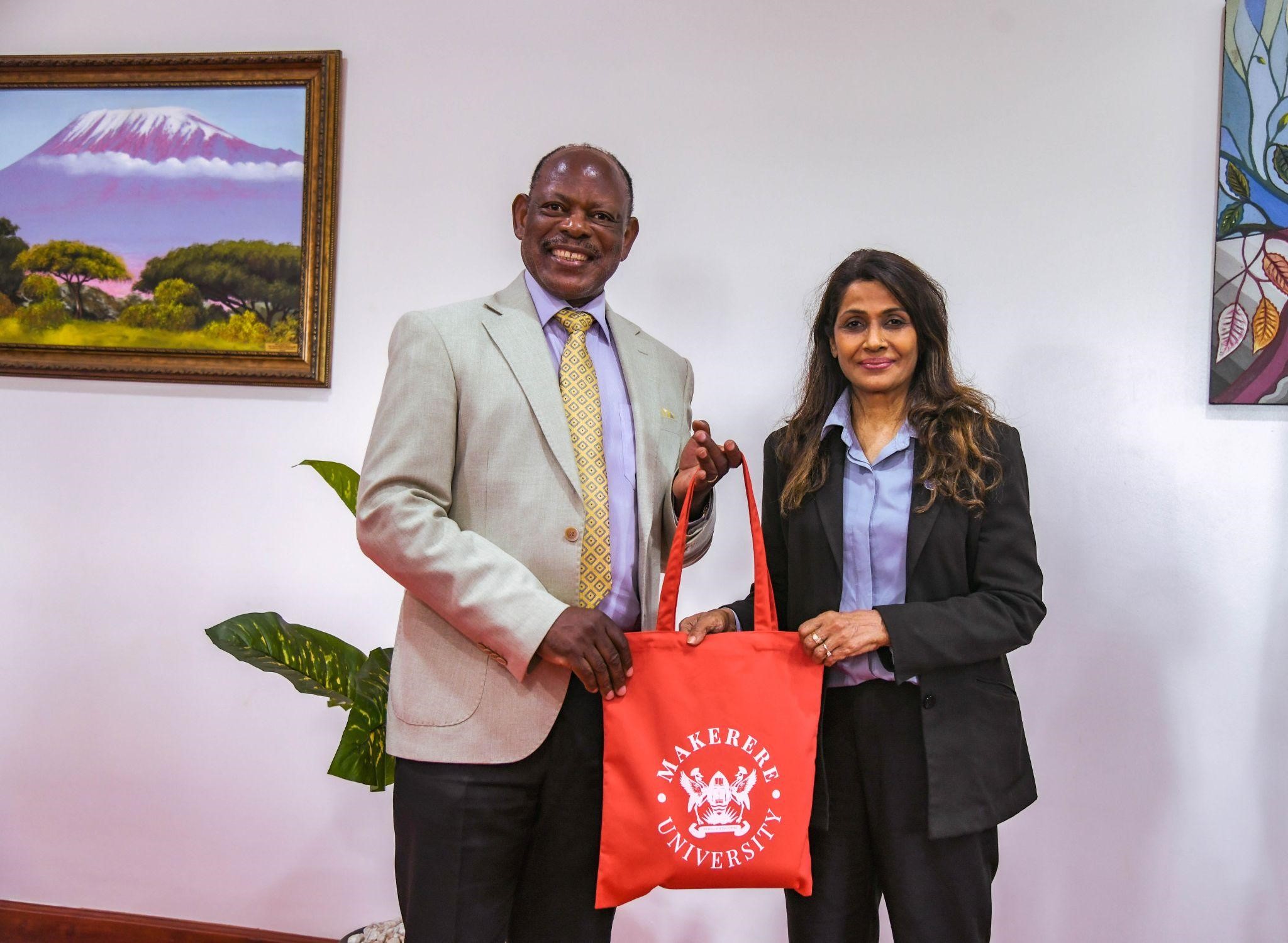
Learning from Regional and Global Best Practices
The meeting underscored valuable lessons from global contexts, including Nigeria’s model, where every graduate leaves with a practical vocational skill, Zambia’s Winter-Summer academic model with tuition waivers, Malaysia’s government investment in higher education and entrepreneurship
These case studies reinforce the need for practical skills as survival tools while graduates transition into formal employment or entrepreneurship.
A Win-Win Partnership for the Future
This collaboration is envisioned as a mutually beneficial model that complements Makerere’s academic strengths while leveraging Binary’s industry-driven approach. It will enhance student mobility, staff exchange, joint research, innovation transfer, and entrepreneurship development, all while maintaining strong quality assurance mechanisms.
As Makerere University continues to reimagine higher education in a rapidly changing world, this partnership signals a transformative shift towards globally competitive, innovation-led, and socially responsive learning systems.
With optimism and strategic intent, both institutions commit to open dialogue, structured implementation, and long-term impact. The Makerere-Binary partnership stands as a powerful example of how South-South collaboration can redefine education, accelerate entrepreneurship, and empower future leaders, especially women, for Africa’s development trajectory.
Caroline Kainomugisha is the Communications Officer, Advancement Office, Makerere University.
General
Strengthening the Makerere–Nottingham Trent University Partnership: Building More Legs on a Stable Chair
Published
2 days agoon
November 21, 2025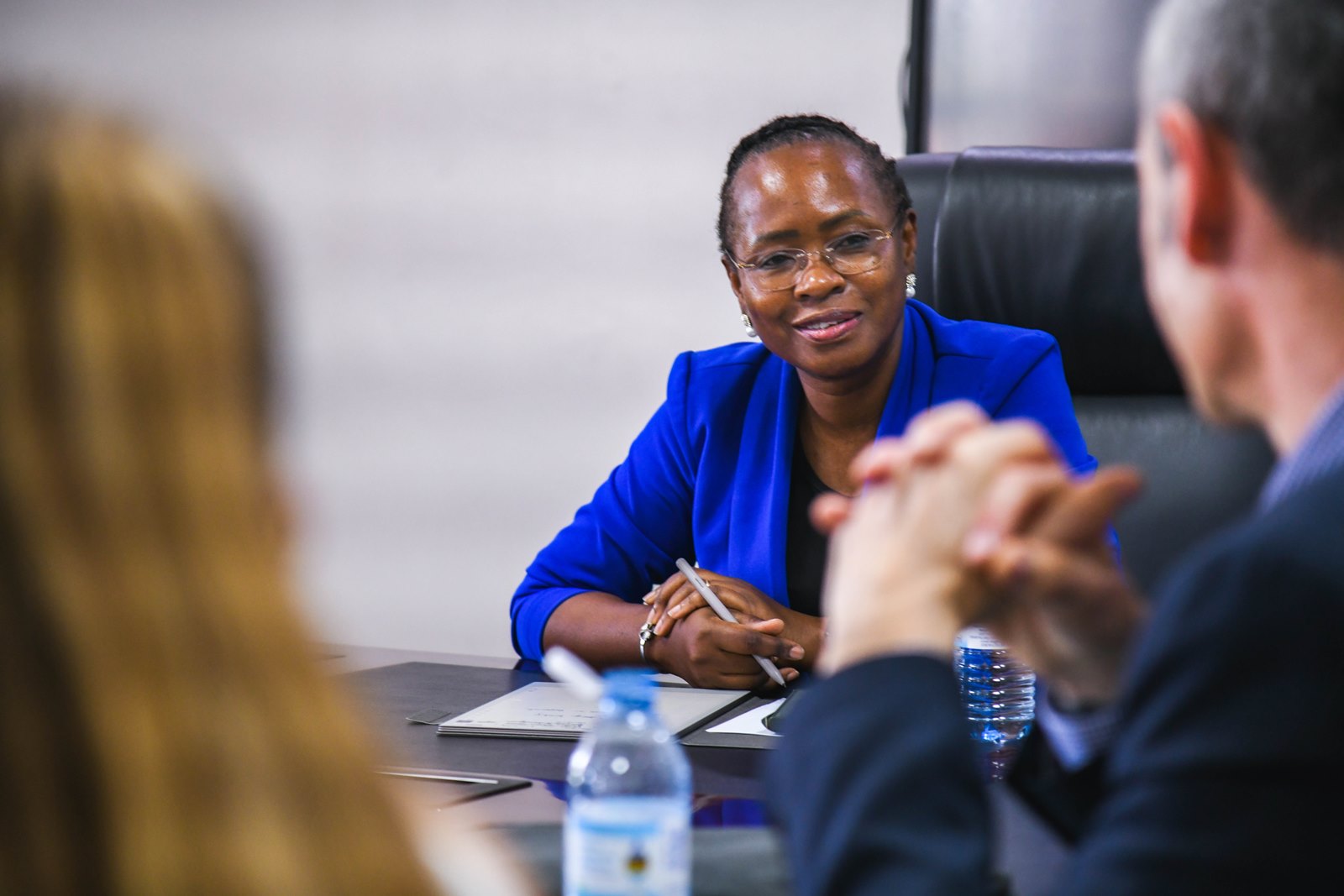
On 21st November, 2025, the Deputy Vice Chancellor, Academic Affairs, hosted a delegation from the Nottingham Trent University (NTU). The meeting underscored the need to re-model what purposeful, equitable and future-oriented international collaboration can look like between Universities. What began as a 15 year focused engagement in Public Health is set to evolve into a mature, multi-dimensional partnership guided by a shared commitment to knowledge exchange, cultural sensitivity, innovation and community transformation. With the current Memorandum of Understanding (MoU) running until 2028, now in its third iteration, both institutions are deliberately reimagining the next phase of collaboration, extending its impact over the next 15 years and beyond.

Moving Beyond Public Health: A Broader Vision for Collaboration
While past collaborations have significantly advanced areas such as community health, microbial research, leadership among health managers and non-communicable diseases, the future partnership envisions a more diversified and resilient framework.
Prof. Neil Mansfield, the Executive Dean, Research and International Reputation, NTU, noted that this growth strategy is anchored in building additional “legs” onto the partnership chair; creating stability through cross-disciplinary engagement involving the School of Science and Technology, Department of Engineering, Business School, the Makerere University Gender Institute, and the creative arts at both Universities.
The expanded scope reflects a shared belief that sustainable development and innovation demand integrated approaches that bring together engineers, social scientists, anthropologists, business leaders, climate scientists and creatives among others disciplines.
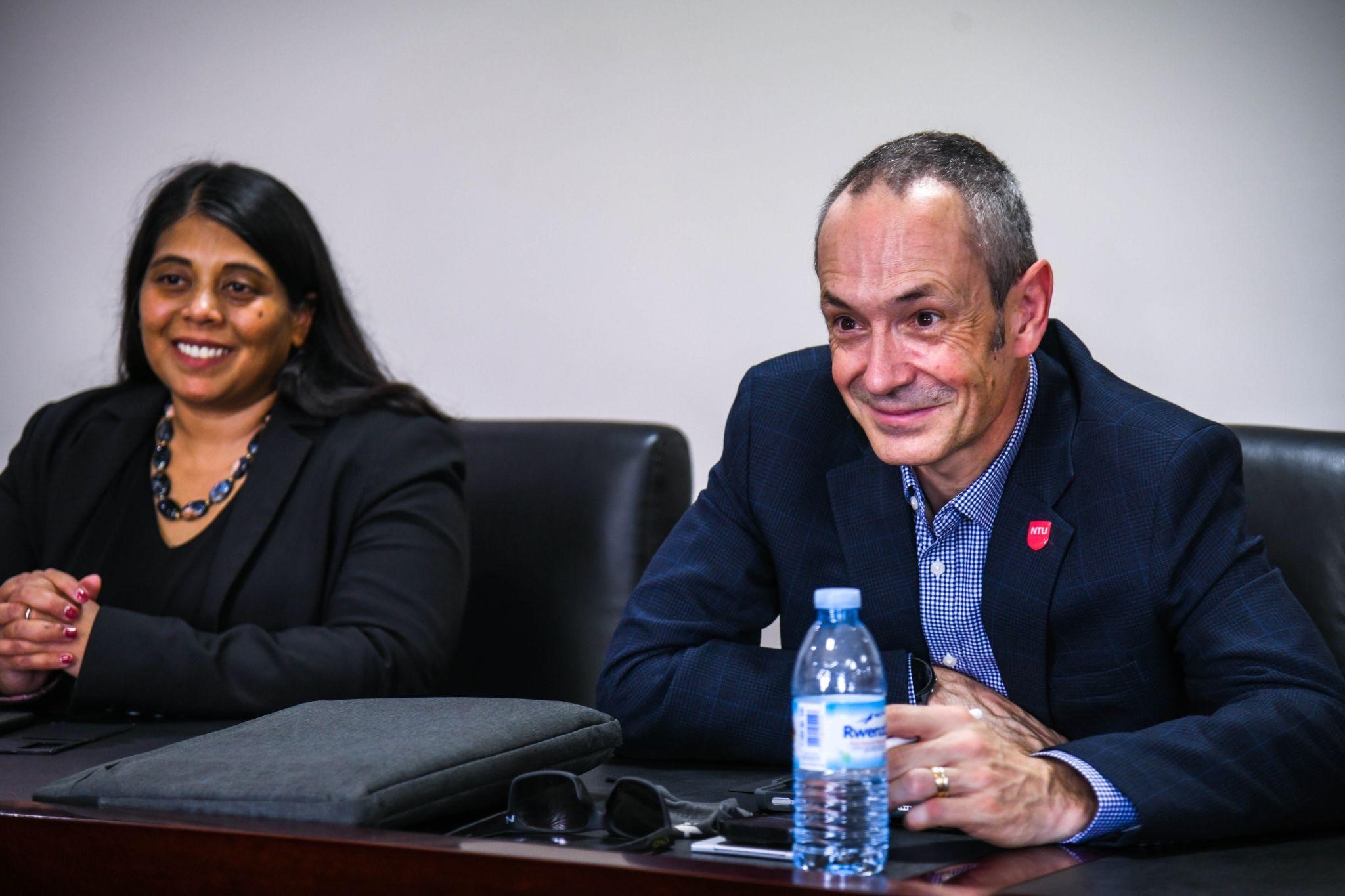
Equitable Partnership as a Guiding Principle
Both institutions reaffirmed the importance of equitable partnerships that prioritise shared ownership, mutual benefit and contextual relevance.
Prof. Linda Gisbon, Director, Global Public Health, NTU highlighted the importance of the shared ownership model for joint projects. She further noted that this approach has already gained scholarly recognition through published work advocating for afro-centric collaboration models, positioning the partnership as a benchmark for ethical international engagement.
The NTU–Makerere shared ownership model ensures that all projects are jointly created, jointly led and jointly benefitted from. Both institutions participate equally in decision-making, resource management, knowledge generation and dissemination, ensuring the partnership strengthens capacity on both sides rather than reproducing unequal power dynamics.(Gibson et al., 2023)
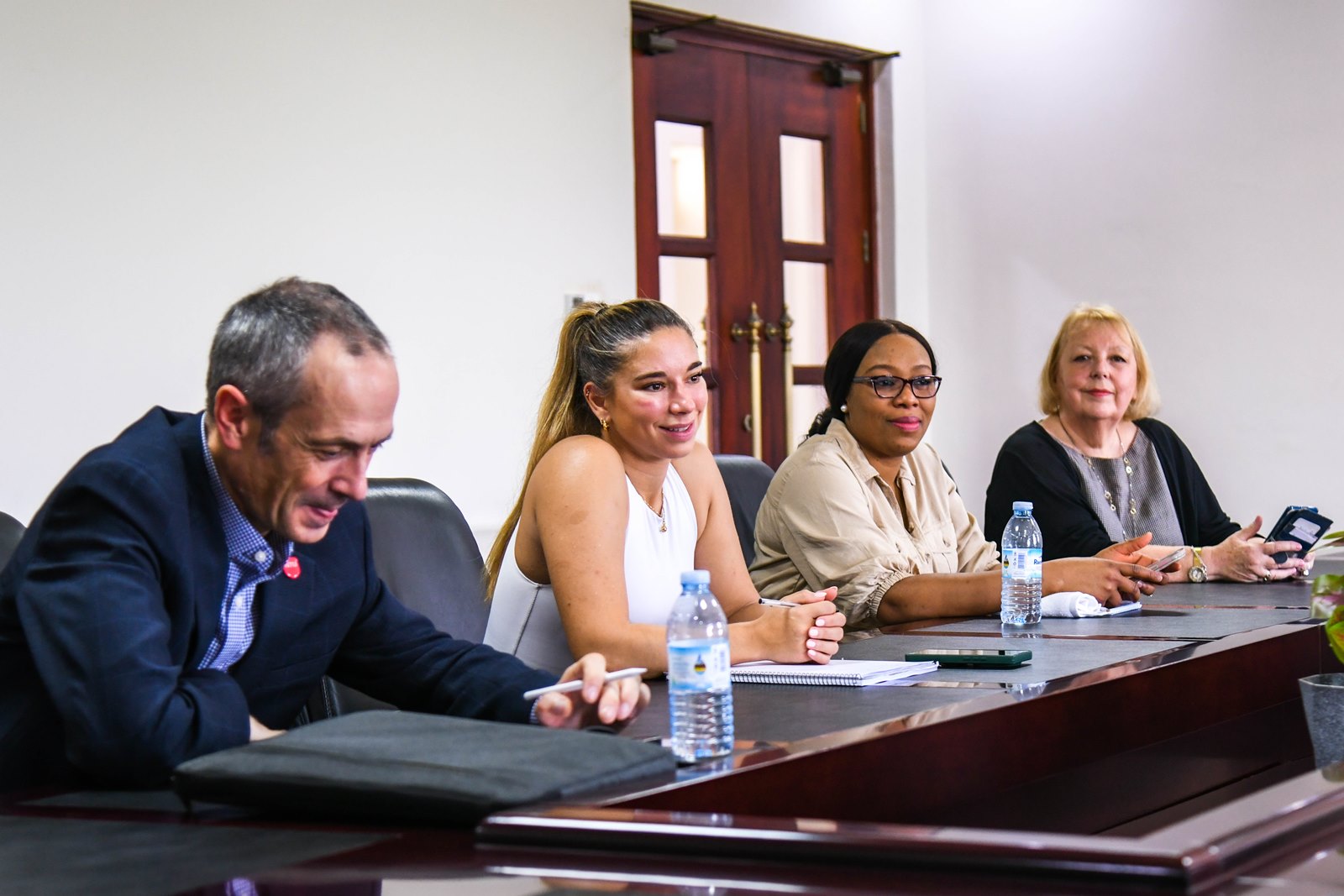
Engineering Innovation and Entrepreneurial Readiness
Dr. Hellen Karditsas, a senior lecturer at NTU, extensively shared about a possible flagship proposal which could be integrated within the expanded collaboration.
“NTU’s Engineering Challenge is an intensive three-week program engaging first- and second-year students in real-world product development. Students, supported by academic staff, conceptualise solutions, develop business models and transform ideas into market-ready products.” She noted.
Dr. Hellen, concluded by sharing that the Challenge engages students and staff from disciplines such as Mechanical, Electrical, Sport, Biomedical and Aerospace Engineering, this initiative exposes participants to the full innovation ecosystem, nurturing a generation of engineering entrepreneurs equipped for both industry and enterprise.
Prof. Sarah Ssali complimented the conversation when she noted, the growing interest in anthropological engineering and vernacular architecture – an interdisciplinary lens that examines how cultural practices and people’s way of life shapes their construction techniques and designs.
She further noted that, by recognising that “development is anti-people” when detached from lived realities, this partnership should seek to integrate cultural sensitivity into infrastructure design, ensuring that modernisation aligns with community needs and values.
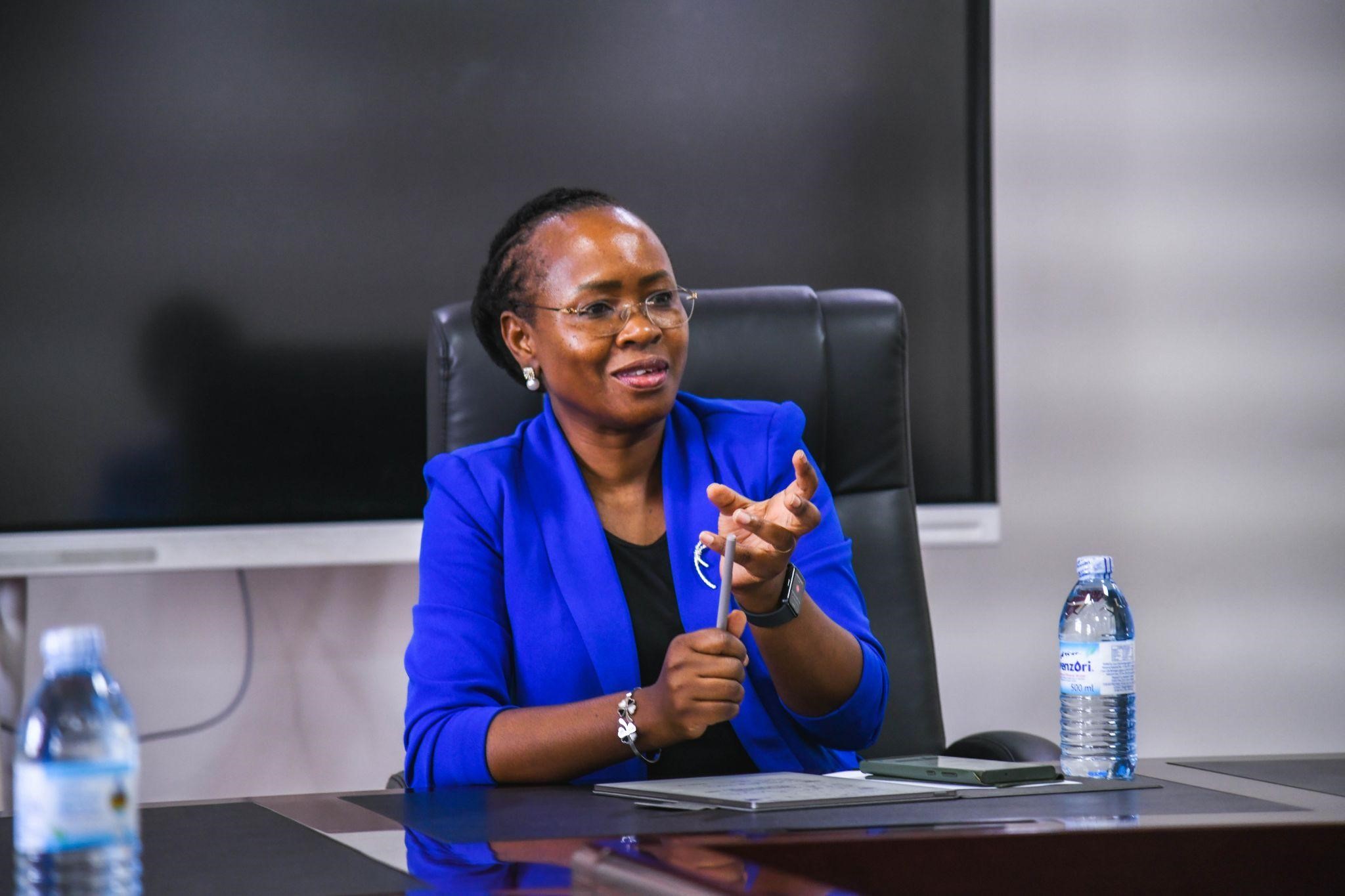
Expanding into Arts, Design and Creative Industries
Another strategic leg of the partnership is strengthening ties between NTU and Makerere’s School of Performing Arts and Film. Plans include equipment-sharing initiatives, joint creative labs and collaborative production spaces aimed at enhancing capacity, storytelling and community engagement through visual and performing arts. These collaborations will also support public health communication through creative multimedia approaches and capacity building.
During the meeting, Makerere University Press partnerships and writing summer schools were also proposed to nurture scholarly publishing, academic writing and creative expression, further strengthening intellectual exchange between the two institutions.
Future projects will continue to integrate sociologists, anthropologists and social scientists to shape interventions that are not only technically sound but socially responsive and culturally aware.
Industry Linkages and Global Networks
Recognising the importance of industry engagement, the partnership seeks to connect with British-owned companies operating in Uganda as well as Ugandan enterprises with footprints in the UK. These linkages will enable practical learning opportunities, internships, applied research and joint innovation ventures.
Exchange visits for business students will also be prioritised to foster global exposure, entrepreneurial thinking and cross-cultural competence, equipping students to operate in increasingly interconnected economies.
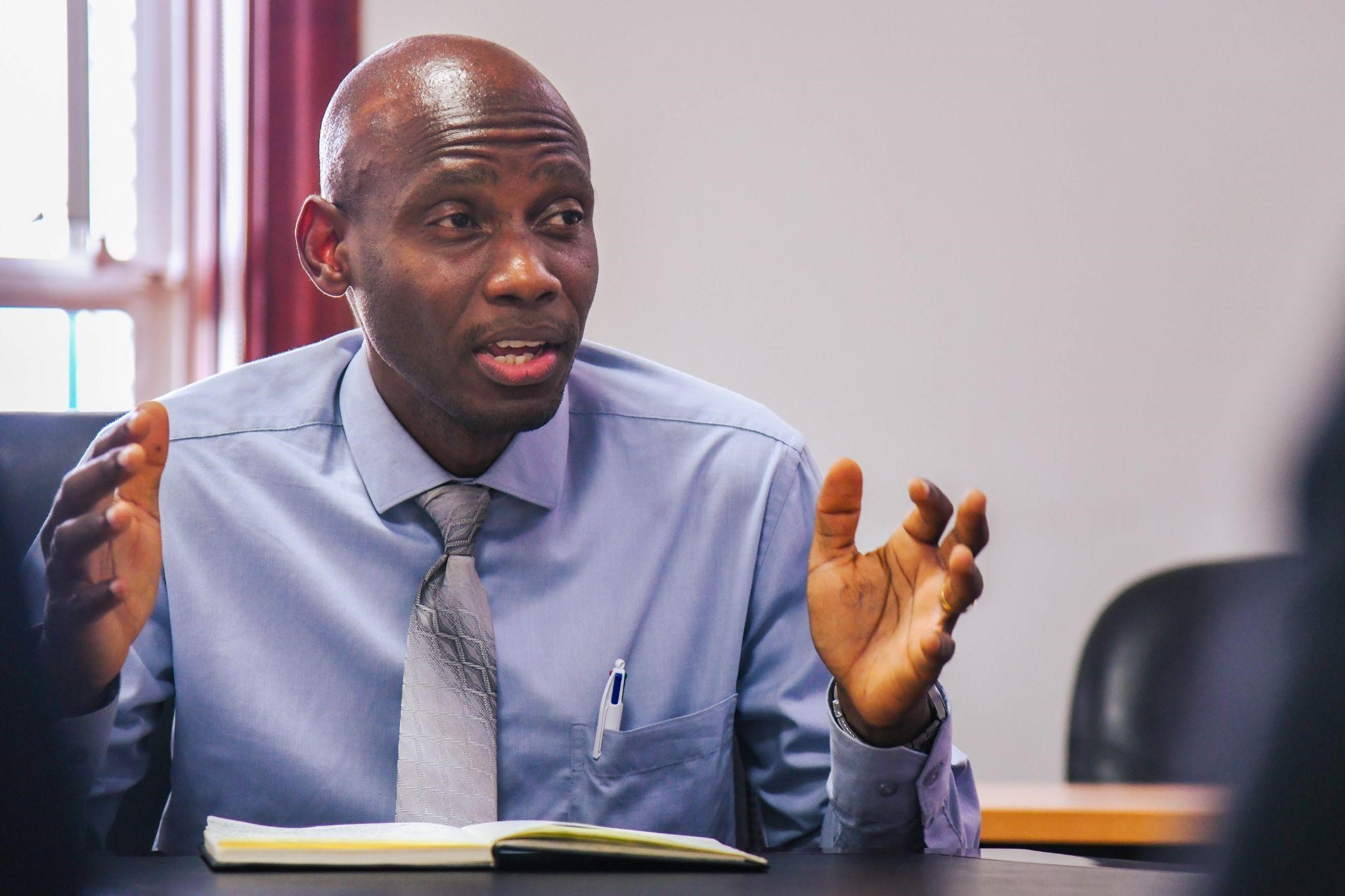
A Partnership for the Future
The future Makerere–NTU collaboration will be defined by diversity, scalability and shared vision. By pulling together multiple schools and centres from Business and Natural Sciences to Engineering, Gender Studies and the Creative Arts the partnership is positioned to evolve into a holistic, long-term platform for knowledge production, innovation and people-centred development.
As both institutions reaffirm their commitment to constructive dialogue, joint planning and continuous evaluation, this partnership stands as a testament to how international cooperation can move beyond transactional engagement into transformative, sustainable impact.
In building more legs onto the partnership chair, Makerere University and Nottingham Trent University are not only strengthening institutional ties – they are shaping a resilient model for global academic collaboration that is equitable, agile and firmly rooted in shared purpose.
Reference;
Gibson, L., Ikhile, D., Nyashanu, M. & Musoke, D., 2023. Health promotion research in international settings: A shared ownership approach for North-South partnerships. In: L. Potvin & D. Jourdan, eds. Global Handbook of Health Promotion Research. Vol. 3: Doing Health Promotion Research. Cham: Springer International Publishing, pp.263-272.
Caroline Kainomugisha is the Communications Officer, Advancement Office, Makerere University.
General
Makerere University Hosts Delegation from Nottingham Trent University to Deepen Collaborative Ties
Published
2 days agoon
November 21, 2025By
Eve Nakyanzi
Makerere University has hosted a delegation from Nottingham Trent University (NTU) for high-level discussions focused on strengthening and expanding the long-standing collaboration between the two institutions. The team that was received by Prof. Sarah Ssali, the Deputy Vice Chancellor in charge of Academic Affairs was led by Prof. Neil Mansfield, the Executive Dean for Research and International Reputation, accompanied by Dr. Helen Karditsas, a senior lecturer in the Department of Engineering; Prof. Linda Gibson from Global Public Health at NTU; Ms. Mazeda Hossain, Director of the Eastern Africa Centre; and Dr. Damilola Omodara, Senior Lecturer in Public Health.
For over fifteen years, NTU has maintained a strong partnership with the Makerere University School of Public Health, working in areas such as community health, leadership development among health managers, and research on non-communicable diseases. This collaboration has supported student mobility, staff exchanges, and joint research initiatives that have contributed significantly to capacity building on both sides.

During the meeting, the NTU team expressed readiness to broaden this relationship beyond public health, noting that the existing achievements offer a strong foundation for expansion. Their vision is to build an interdisciplinary collaboration that brings together multiple colleges and fields of expertise, including engineering, environmental sciences, business, arts, and digital media. The team emphasized that diverse academic partnerships offer more stability and create wider opportunities for innovation, student training, and impactful research.
NTU is now seeking to establish a broader, university-wide Memorandum of Understanding (MoU) that will enable the two institutions to explore a wider range of synergies across disciplines. This approach is expected to make future collaborations more flexible, allowing different units to initiate joint projects, exchange programs, and research activities under one institutional framework.

Prof. Ssali welcomed the delegation and affirmed Makerere University’s commitment to deepening partnerships that strengthen teaching, research, and community engagement. She noted that an interdisciplinary model is essential for addressing emerging global challenges, and highlighted opportunities in areas such as climate science, engineering innovation, creative arts, and publishing.
The visit forms part of ongoing efforts to position Makerere University as a hub for impactful global collaborations that advance academic excellence and societal transformation.
Trending
-
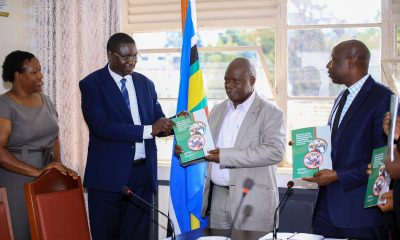
 Research1 week ago
Research1 week agoMakerere University and Ministry of Public Service Study Reveals Impact of Salary Enhancement on Teacher Performance in Uganda
-
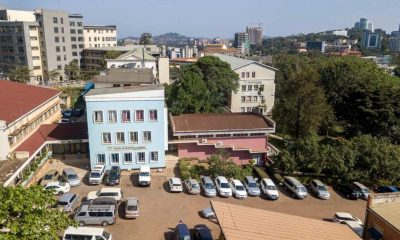
 General2 weeks ago
General2 weeks agoCall For Applications: Mak-BSSR Postdoc, PhD, Master’s Fellowship-level Training
-
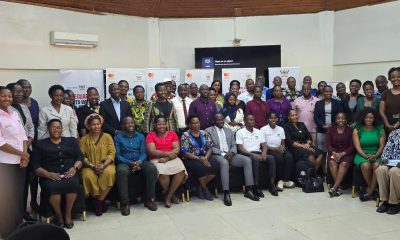
 General6 days ago
General6 days agoMakerere University officially commences implementation of its Mentorship Policy
-
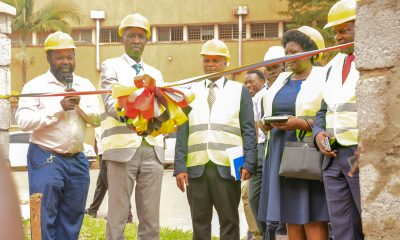
 Education1 week ago
Education1 week agoReal life project: Makerere University Vice Chancellor hands over constructed Wall Fence to Makerere College School
-

 Agriculture & Environment2 weeks ago
Agriculture & Environment2 weeks agoSFTNB-MIIC Partnership Nurtures Entrepreneurial Learners & Change Agents
